06 8月 Alumina Ceramic Foam Filter Manufacturers
Alumina Ceramic Foam Filter Manufacturers
A foam Ceramic Filter has just developed as a new type of molten metal filter to
Decrease casting flaws in recent years. Foamed ceramics have the characteristics of lightweight, high mechanical strength, large specific surface areas, high porosity, excellent thermal shock resistance, chemical corrosion resistance, and high-temperature stability in molten metal. With the distributing pores’ net structure, they are able to increase the surface areas and absorb the sinter, the liquid metal becomes purer, and water quality problems such as sand pores and air pores are much less. And the cast quality becomes much better.
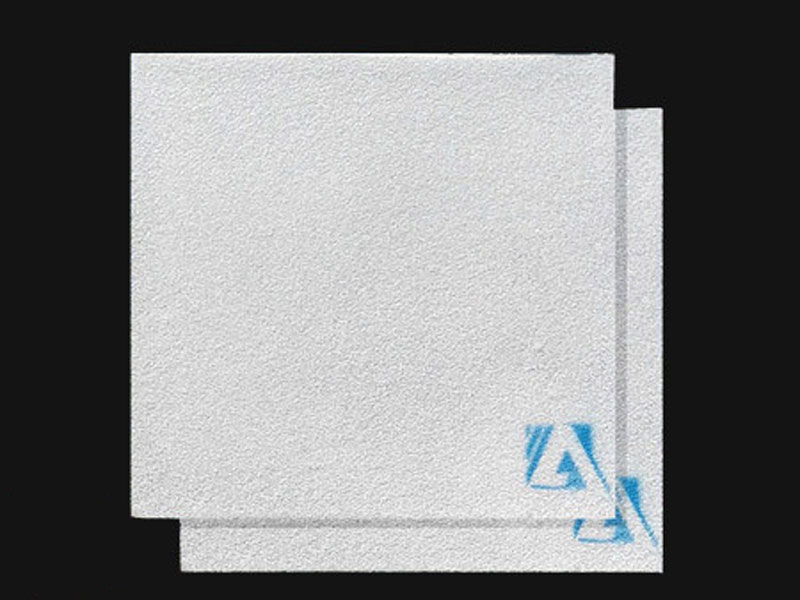
Applications: Filters for Molten Aluminum and alloy: (aluminum oxide)
Advantages
1. Eliminates turbulence in the metal stream, Smoothing out metal flow, and avoiding sprays, splatter, and backset. Improve fluidity, castability, machinability, yield,
2. Remove a much greater fraction of fine particulate, Reduce rejects and rework, and Low-pressure loss.
3. Provides consistent flow rate and capacity.
4. Various sizes, shapes, and pore sizes are available.
Alumina Ceramic Foam Filter Manufacturers AdTech
Specifications: 7*7in 9*9in 12*2in 15*15in 17*17in 20*20in 23*23in 26*26in, or customized according to customer requirement.
Pore size (mesh): 25 30 35 40 45 50 55 60.
Performance and application:
Filter-PZr filter is produced from high-temperature sintering ZrO2 molten material, usable at high temperature, high strength, erosion resistance, minimal volume change, can effectively filter out micron-scale inclusions in molten aluminum, mainly used in aviation, transportation, and other aluminum alloy precision casting.
Aperture microgram: (Aperture microgram)
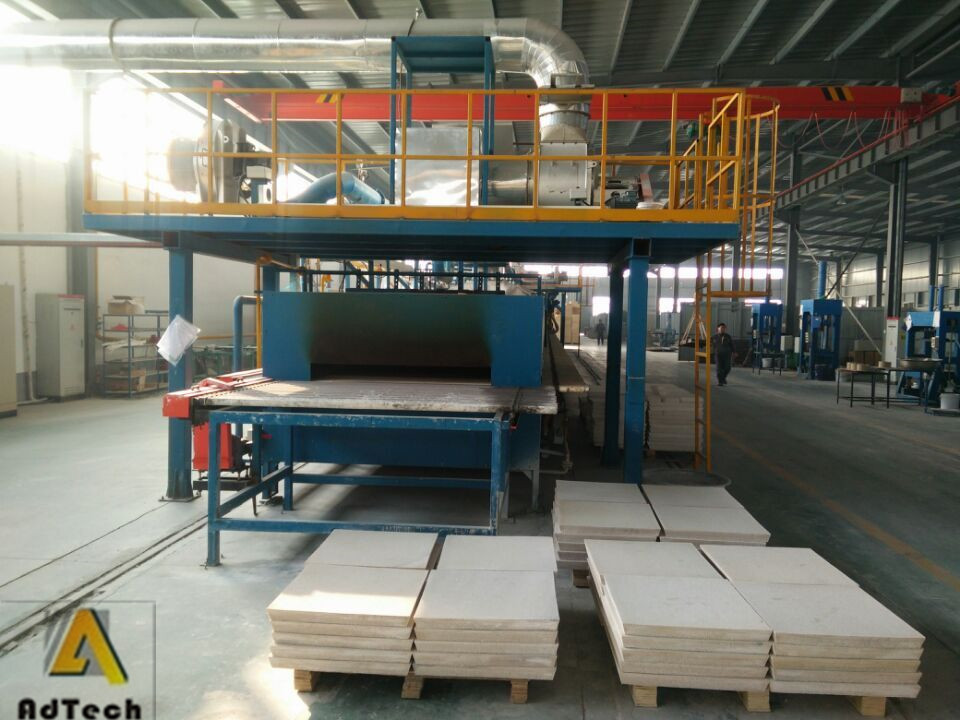
Alumina Ceramic Foam Filter Manufacturers
-Reduce scrap related to inclusions.
-Reduce costs related to inclusion defects.
-Increase productivity with higher extrusion or rolling speeds.
-Increase casting flexibility with easy alloy changes.
-No holding metal.


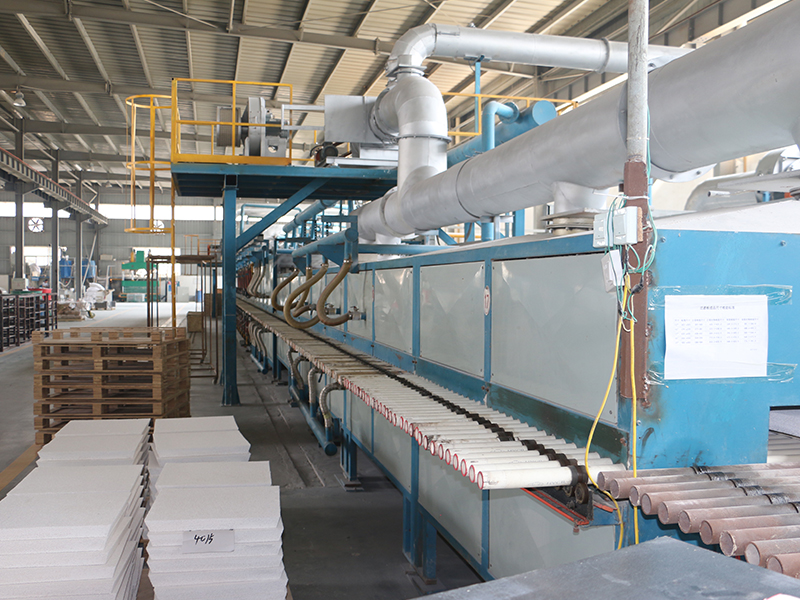
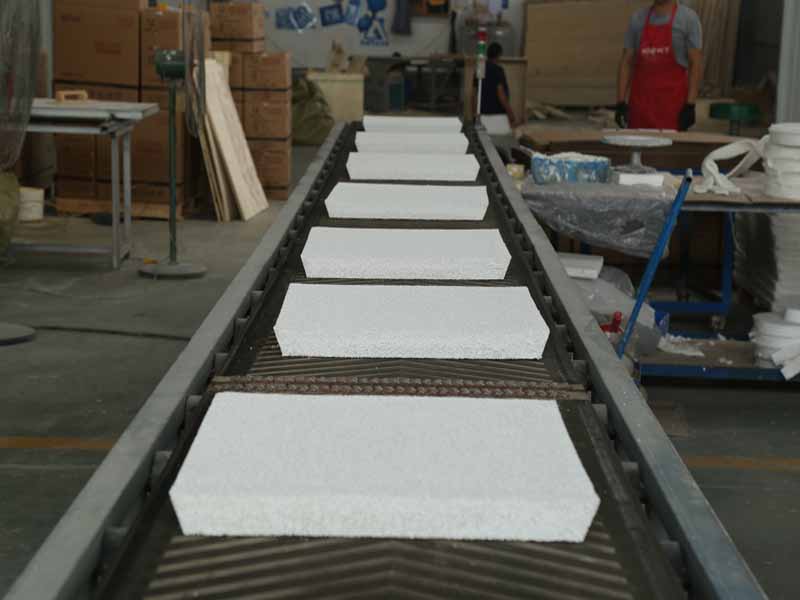
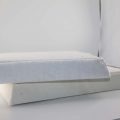
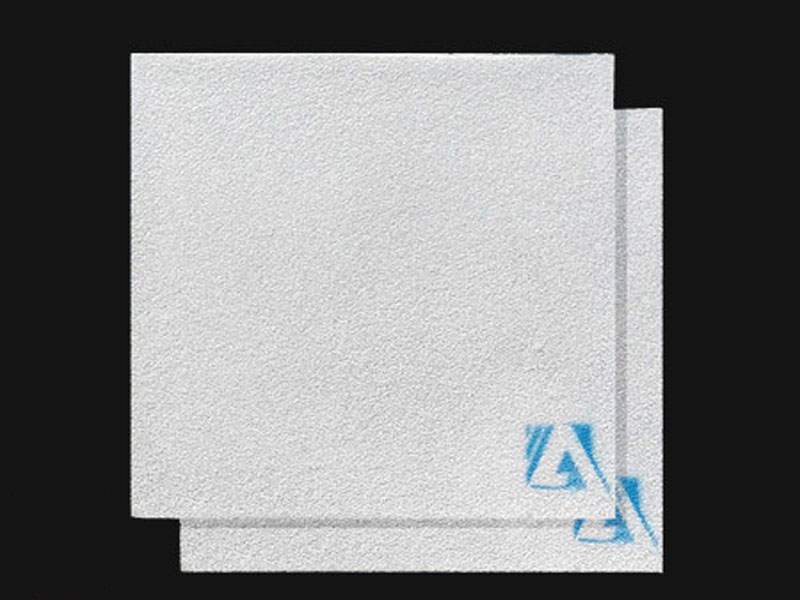
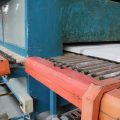
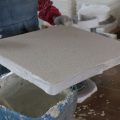
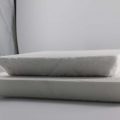
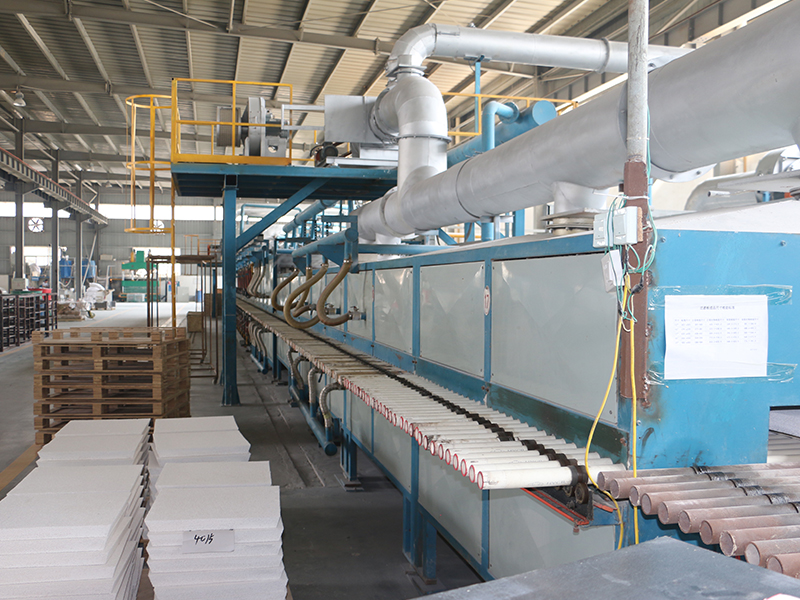
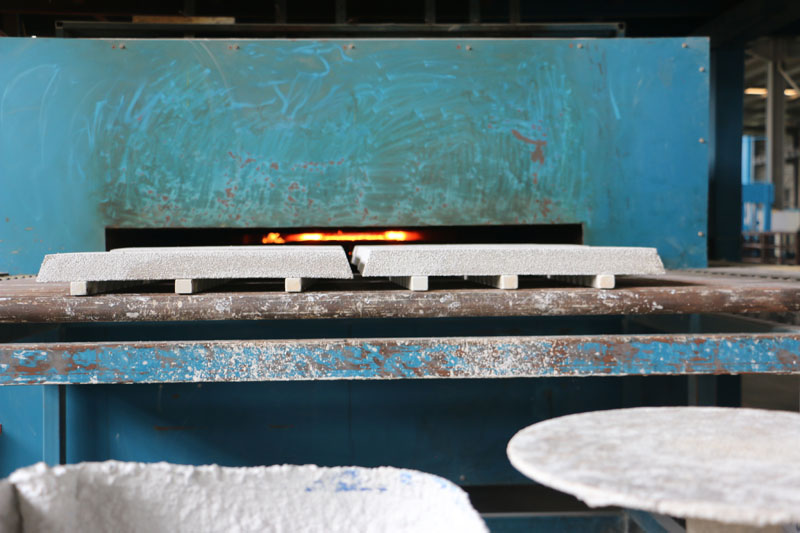
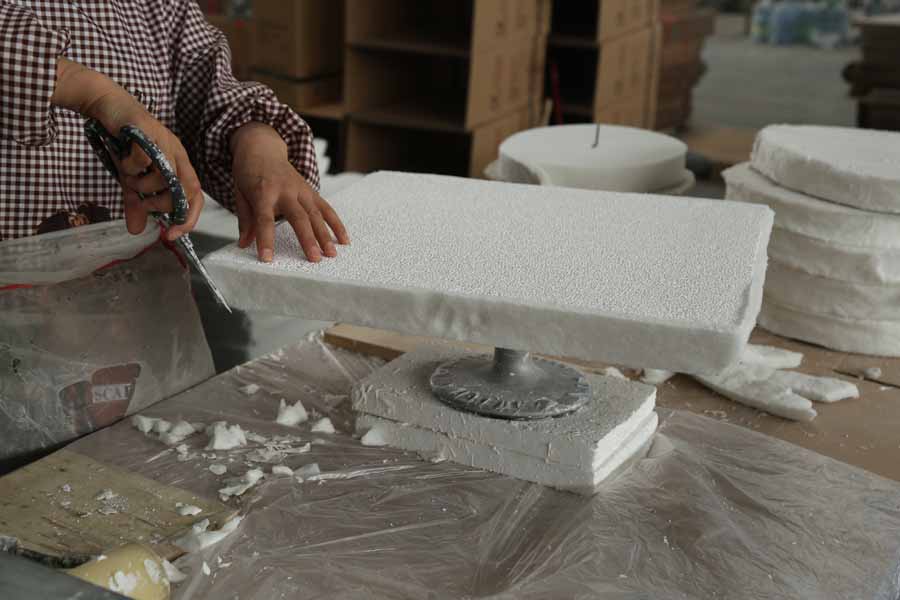
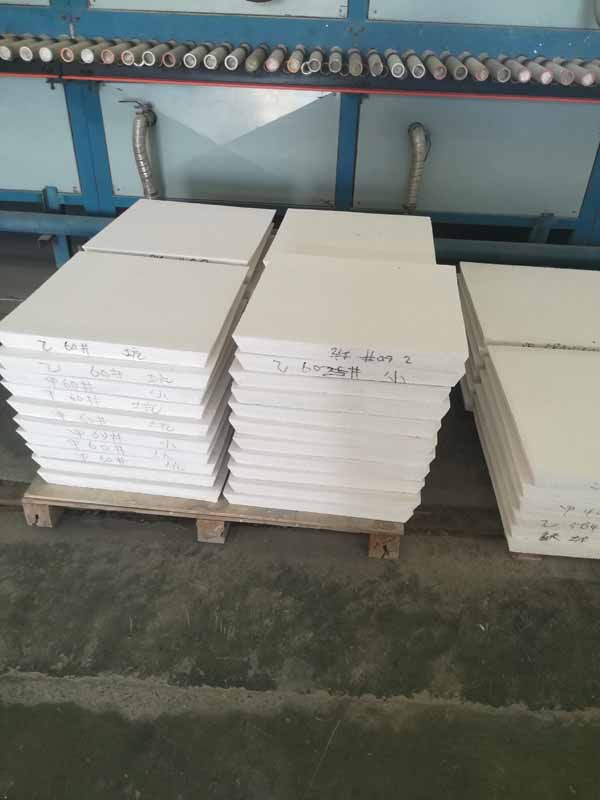
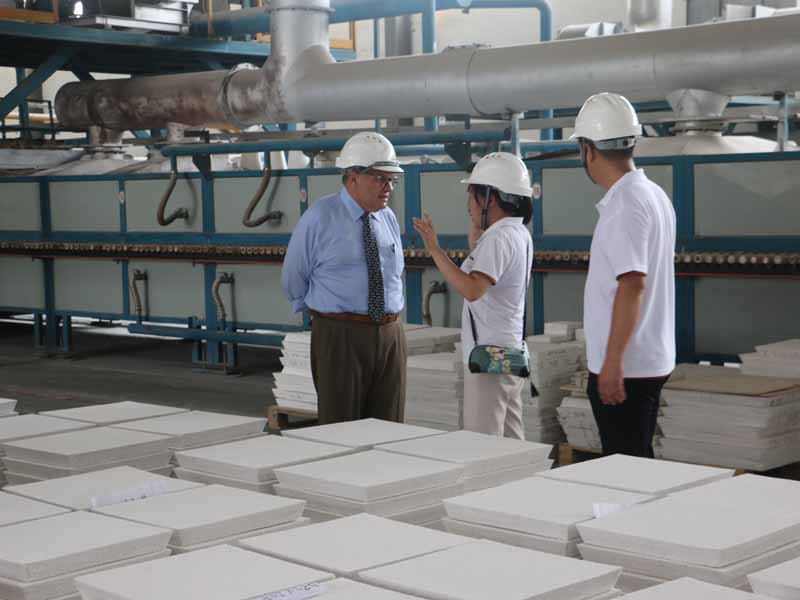
No Comments